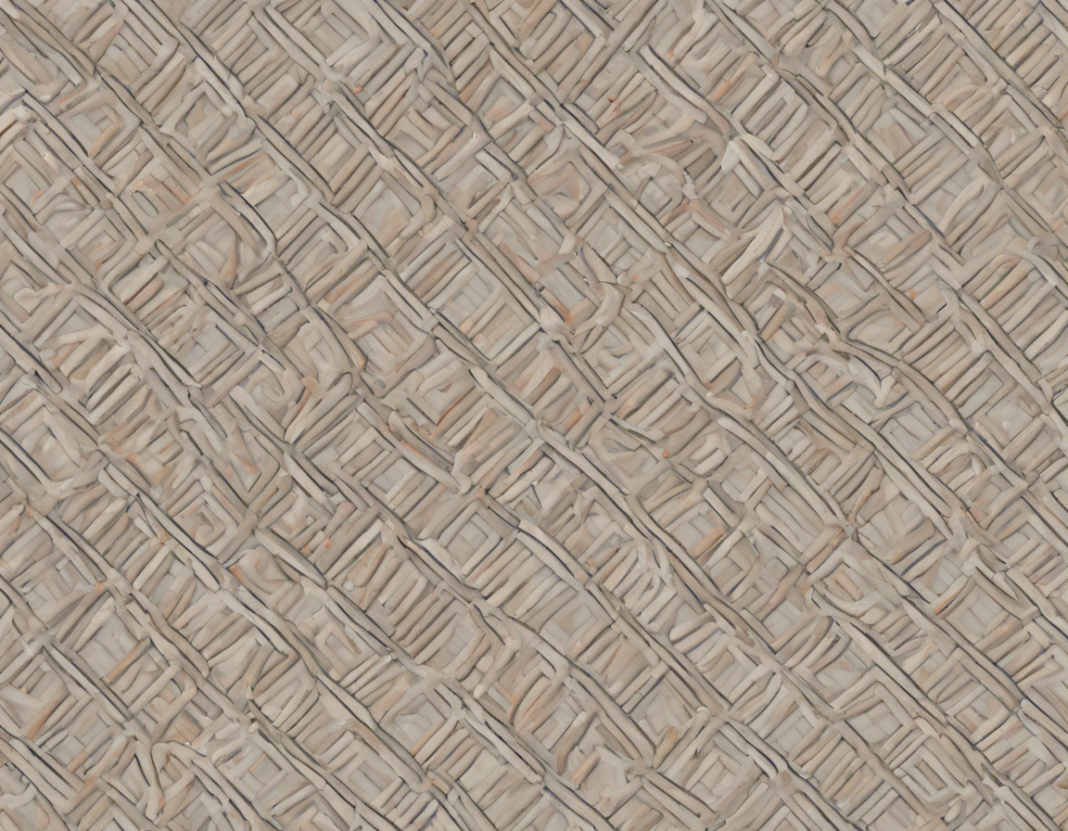As a chef, having the right tools is crucial for success in the kitchen. Among these tools, knives play a central role in the daily operations of any culinary professional. From chopping vegetables to carving meat, a chef’s knife is an extension of their hand and skill. In this article, we will discuss the top five knives that every chef should own to excel in the kitchen.
The Chef’s Knife
The quintessential knife in any chef’s arsenal is the chef’s knife. With a blade typically ranging from 8 to 10 inches in length, this versatile knife is perfect for a wide range of kitchen tasks. From slicing and dicing to chopping herbs and vegetables, the chef’s knife is a workhorse that every chef relies on.
The Paring Knife
For more delicate tasks that require precision and control, a paring knife is essential. With a smaller blade, usually around 3 to 4 inches long, the paring knife is perfect for peeling fruits, deveining shrimp, or any task that requires intricate cutting.
The Serrated Knife
When it comes to slicing through crusty bread or delicate tomatoes without squishing them, a serrated knife is indispensable. The toothed blade of a serrated knife allows for clean, effortless cuts through tough exteriors and soft interiors, making it a must-have in any kitchen.
The Boning Knife
For tasks that require removing bones from meat or filleting fish, a boning knife is the ideal tool. With a thin, flexible blade, the boning knife allows for precise cuts along bones and tight spaces, ensuring maximum yield with minimal waste.
The Utility Knife
Rounding out the top five knives every chef should own is the utility knife. With a blade size between a paring knife and a chef’s knife, the utility knife is perfect for tasks that fall in between. From slicing cheese and sandwich ingredients to chopping smaller vegetables, the utility knife is a versatile tool that fills in the gaps left by other knives.
In conclusion, the top five knives every chef should own are the chef’s knife, paring knife, serrated knife, boning knife, and utility knife. With these essential tools in your kit, you’ll be well-equipped to handle any culinary challenge that comes your way.
Frequently Asked Questions (FAQs)
1. Do I need to invest in expensive knives?
While high-quality knives can make a significant difference in the kitchen, you don’t necessarily have to break the bank. Look for knives that are well-balanced, comfortable to hold, and easy to maintain within your budget.
2. How often should I sharpen my knives?
The frequency of sharpening your knives depends on how often you use them. As a general rule of thumb, knives used daily may need sharpening every 1-2 months, while less frequently used knives can be sharpened every 3-6 months.
3. Can I use a chef’s knife for all kitchen tasks?
While a chef’s knife is versatile and can handle a wide range of tasks, having a variety of knives for specific purposes can improve efficiency and precision in the kitchen.
4. How should I store my knives to keep them in top condition?
To prevent damage to your knives and ensure their longevity, store them in a knife block, on a magnetic strip, or in blade guards. Avoid storing knives loosely in drawers where they can get dull or nicked.
5. What is the best way to clean and maintain my knives?
Hand wash your knives with mild soap and warm water, immediately dry them with a towel, and store them properly to prevent rust and maintain sharpness. Avoid putting knives in the dishwasher, as the heat and detergent can damage the blades.
6. Should I consider the weight of the knife when purchasing one?
Yes, the weight of the knife can affect how comfortable it is to use. Some chefs prefer heavier knives for chopping through tough ingredients, while others prefer lighter knives for more delicate tasks. Experiment with different weights to find what works best for you.
